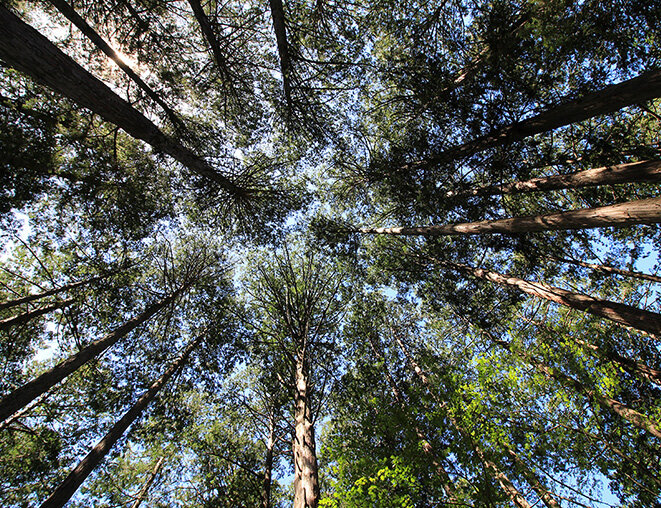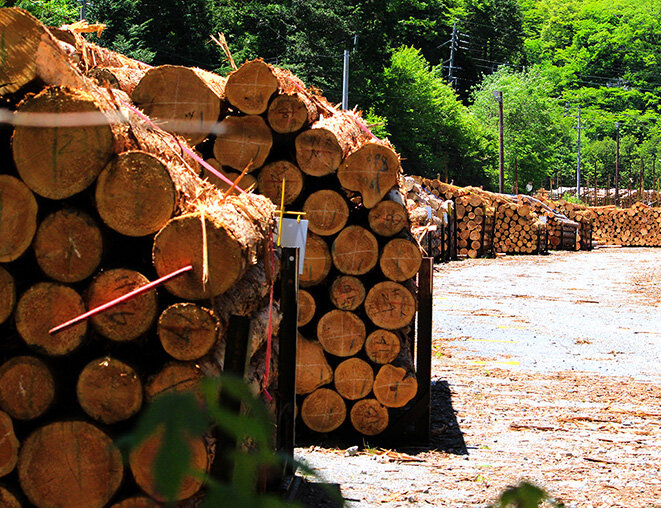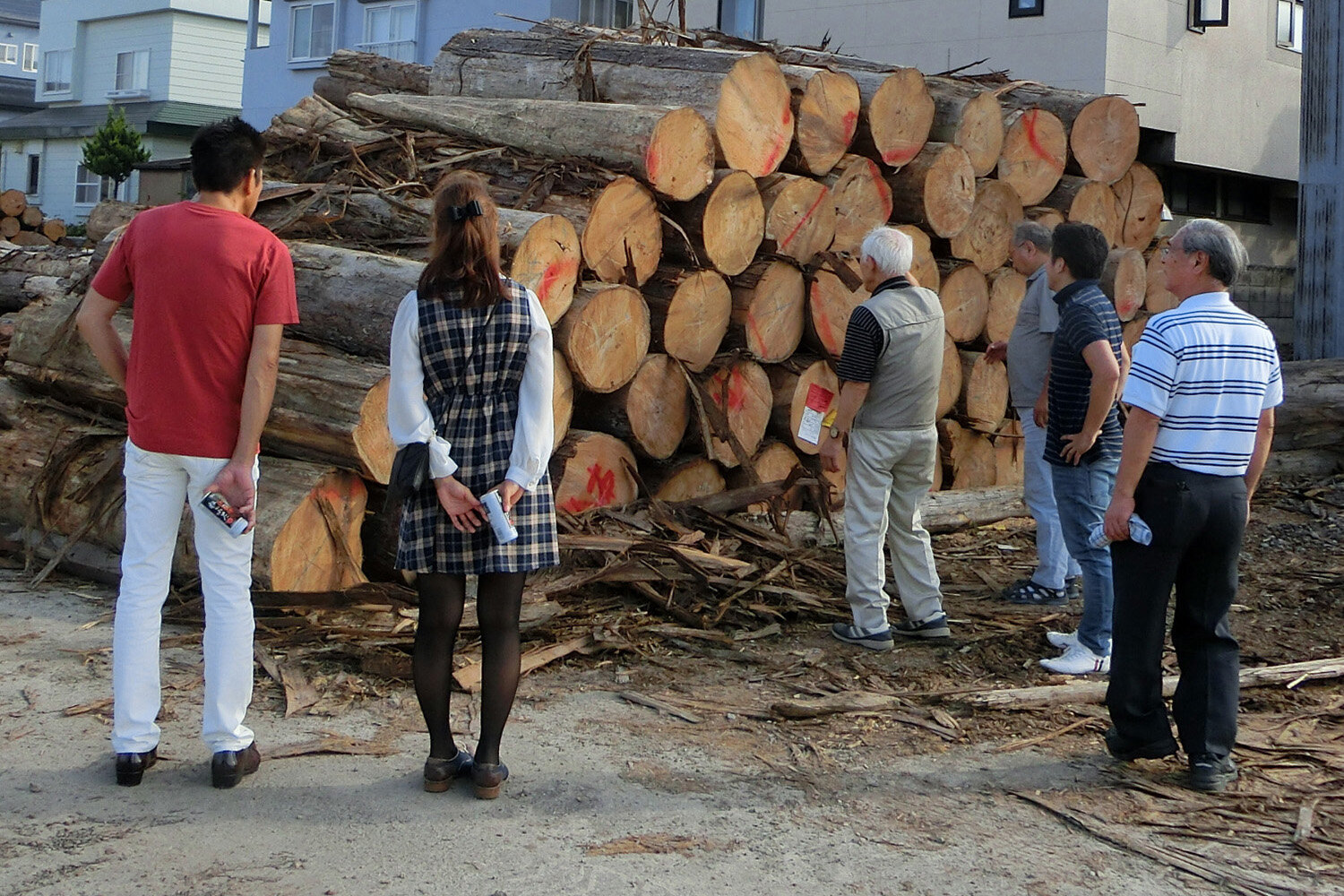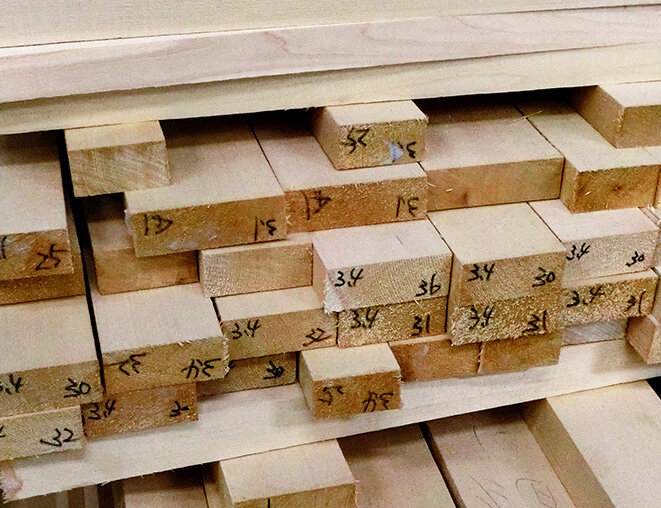Choose a bathtub style to suit your needs.
The most popular styles for the European market are listed below along with the choice of woods used in the manufacture of the bathtubs. We also have a brochure illustrating the full range so please get in touch if you would like further information and prices.
-

Traditional Design Standard
These are the most standard traditional types of bathtubs in Japan and can come with or without a top frame.
-

Contemporary Design O-Bath
The O-Bath was developed in collaboration with the world-renown designer Motomi Kawakami. It is the winner of the prestigious Japan Good Design Award.
-

Modern Design KAKU
A modern design with sharp corners, (kaku, means square), an elegant, simple design.
Types of Wood.
HINOKISOKEN uses two types of wood for export models. They handpick the trees and materials used, in order to provide customers with peace of mind when bathing in their luxury bathtubs.
The two types of wood used to build Hinokisoken bathtubs.
Kiso-Hinoki (Chamaecyparis obtusa) ― supreme quality
Comes from the middle of the mainland Japan
The trees are about 200 to 300 years old, and comes from one of the three most beautiful forests in Japan.
The wood has a thin pink color tone with beautiful grain.
The wood contains a bacterial essential oil that gives off a nice fragrance.
The wood is very smooth and pleasant to the feel.
Aomori-Hiba (Thujopsis dolabrata) ― standard quality
Comes from Aomori, which is situated in northern Japan.
The trees are about 200 to 300 years old, and come from one of the three most beautiful forests in Japan.
Aomori is known for its cold climate.
The wood, Aomori-Hiba which survives the harsh winters is famous for its toughness and beauty.
The wood has a thin pale green color (Also called "Golden Wood").
The wood contains a bacterial essential oil that gives off a nice fragrance.





